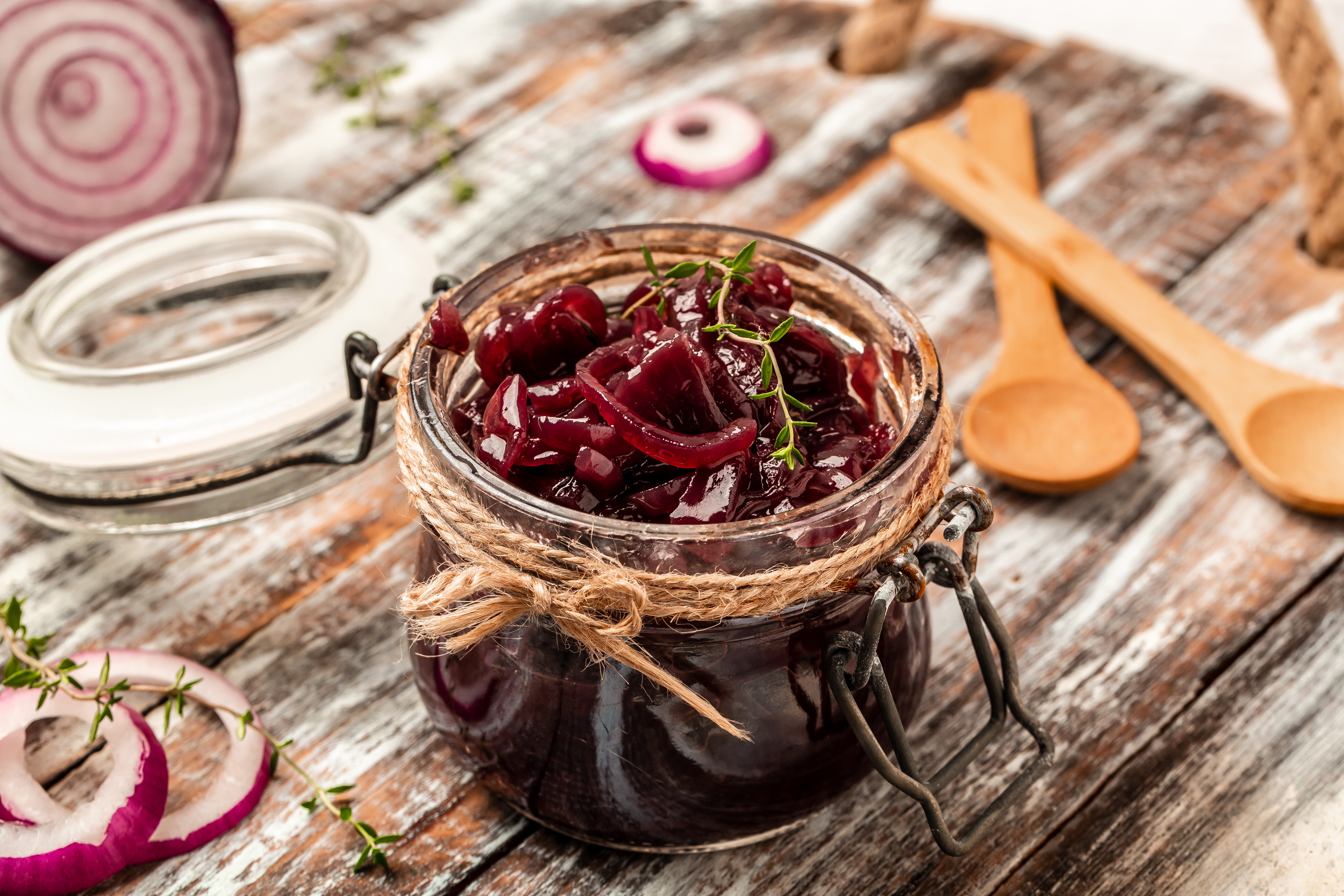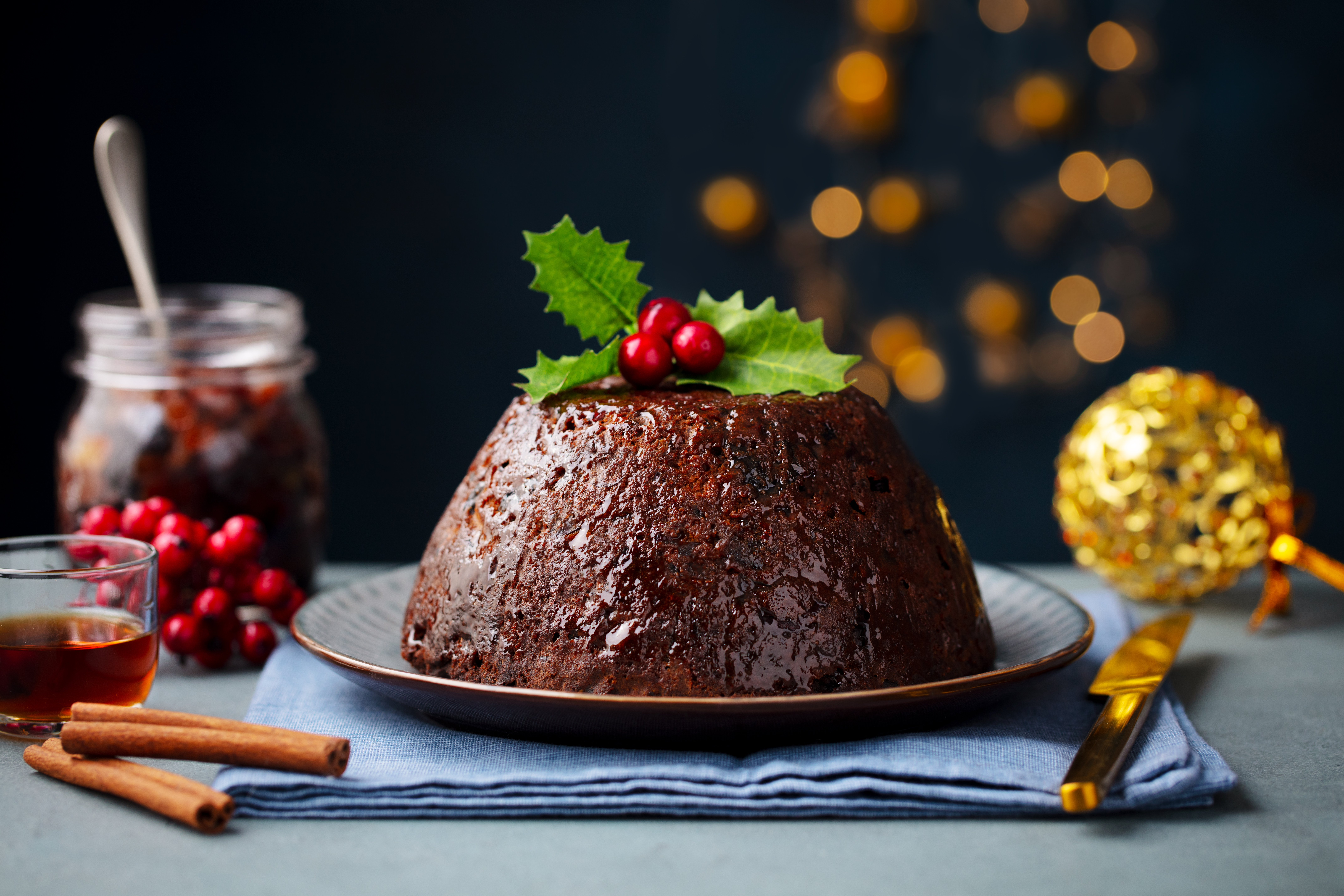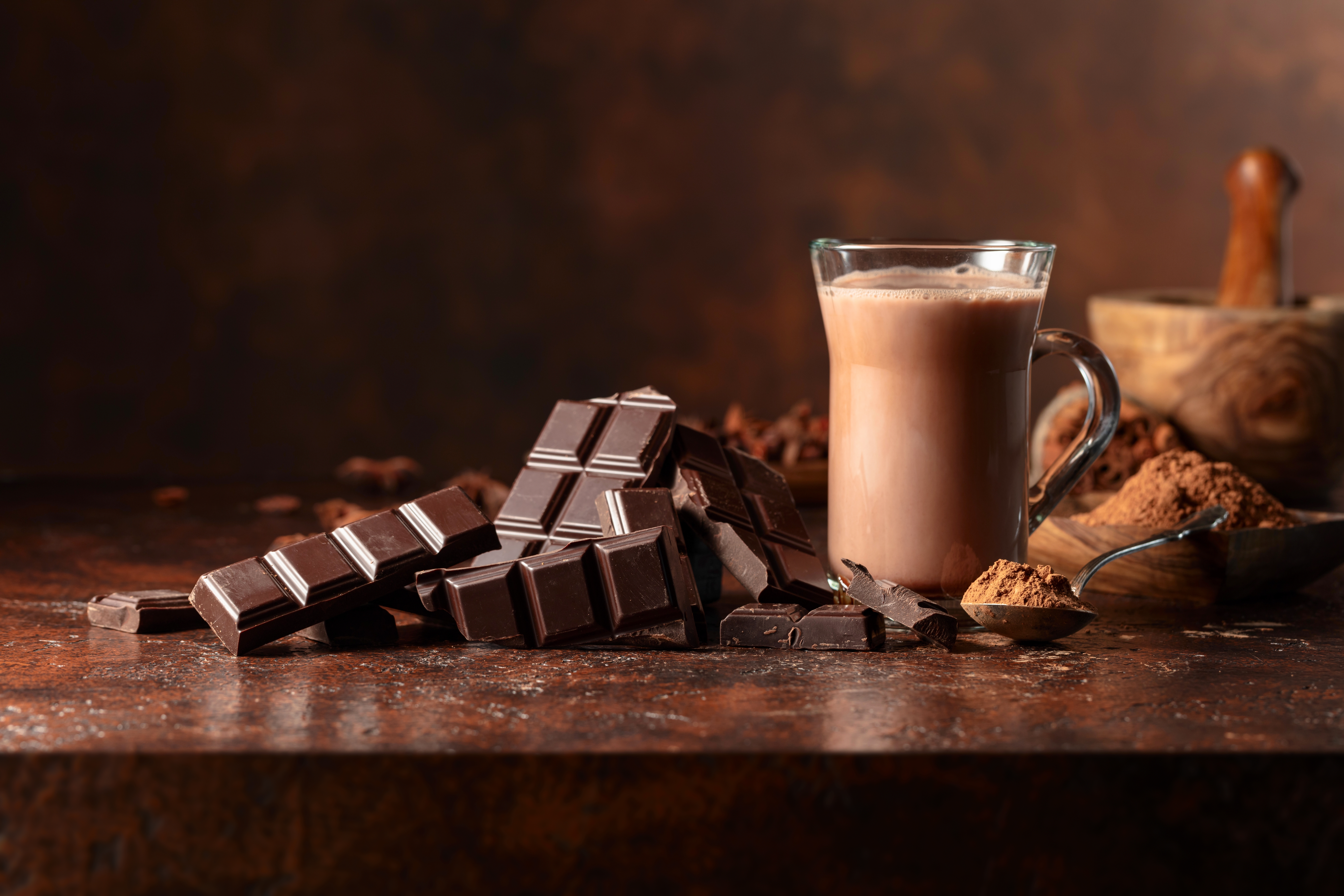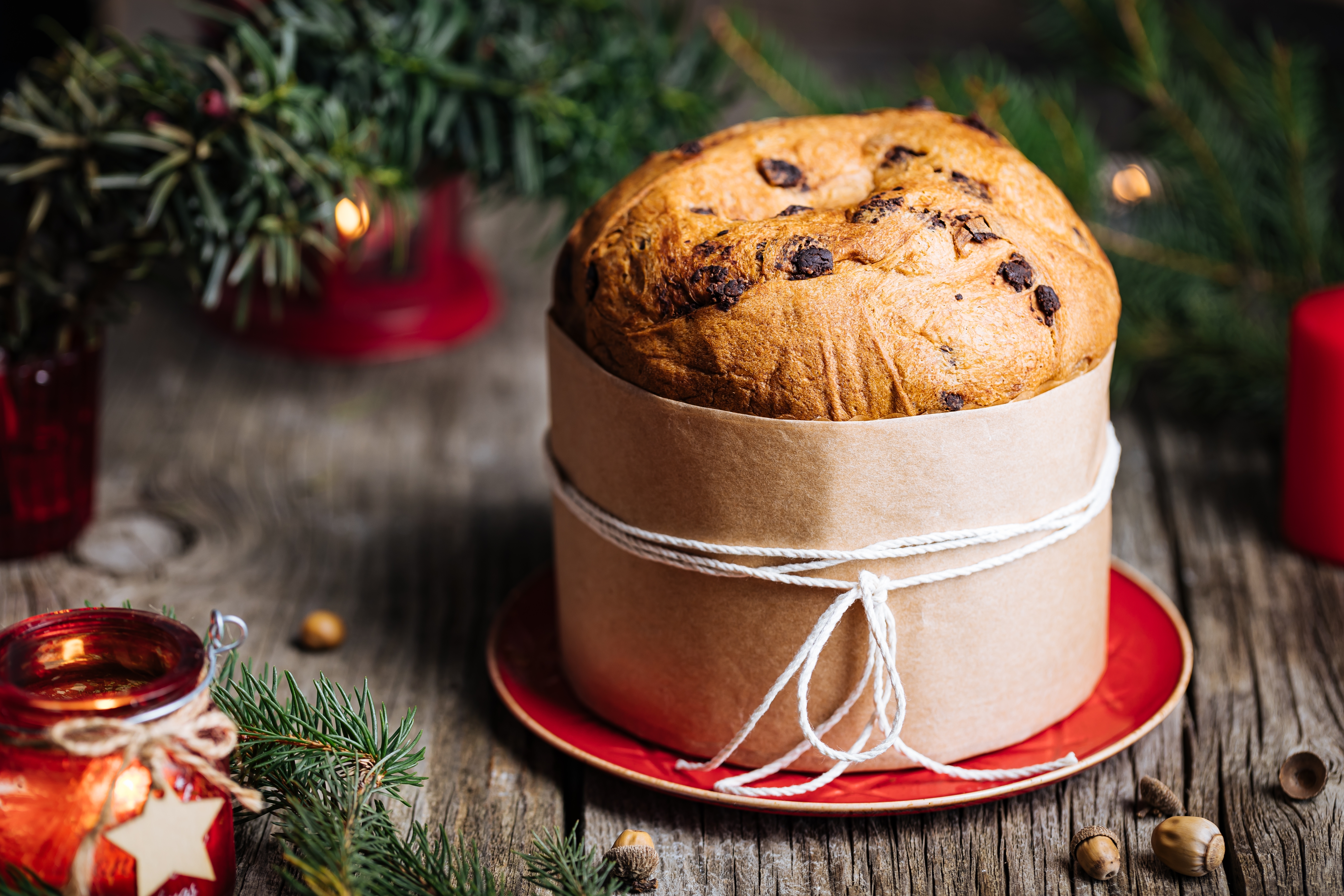Free digital copy
Get Speciality Food magazine delivered to your inbox FREE
Get your free copy
It’s been a thrilling year in the speciality food and drink sphere. So much change. So much innovation. And the driving force behind it all…quality. The movers and shakers, new product launches, and inventive new flavours and ideas we’ve seen emerging in 2024 have proved just how much of a moveable feast this sector is.
We’ve seen the rise of adaptogens and functional products in response to consumer interest in wellbeing. HFSS regulations have led to the creation of new brands and new lines from existing producers, with a laser focus on reducing sugar, fat and salt whilst still igniting taste buds.
The desire from shoppers to be more sustainable has sped up the packaging sector, with compostable and plastic-free becoming much more commonplace.
And products boasting ‘clean’ ingredient decks, free from artificial additives and UPFs, are increasingly taking up shelf, chiller and freezer space in response to the gut-friendly food movement.
Underpinning everything though in 2024, is the hunger for nostalgia. Consumers want newness, yes, but they’re also craving comfort, and tastes that remind them of childhood and family.
As you finalise your Christmas plans, we reveal 18 of the biggest food and drink trends we think you need to consider stocking.
This aromatic root is the flavour trend no one saw coming, though it’s thought its rising star has something to do with the nostalgia hook in food and drink right now, or perhaps the wellbeing trend. We’re seeing ginger popping up in kombucha, RTDs, cakes, biscuits, puddings and cereals, with many brands saying it’s fast becoming their bestselling flavour.
“Tequila has gone from a party spirit to a sophisticated sipping serve,” says Holly Browne, search and insight manager at Distill Ventures. The pandemic drove curiosity around the drink, she continues, and has led to Margaritas and Palomas topping bar lists up and down the country, while at-home interest in the category continues to grow.
Premium brands are positioning themselves in new ways, taking the spirit from ‘party shooter’ to a ‘luxury lifestyle must-have’.
Many think tequila will take over as a spirits gifting option this year, so be prepared, offering a few varieties, some thoughtful tonics and mixers alongside, or even tequila and mezcal gift sets.

Speciality shoppers are appreciating spice and new flavours (Hawkshead Relish, for example, plans on keeping its new aubergine relish due to strong sales), but on the whole it’s classic flavours that are hitting the mark in 2024. Across the board we’ve been told onion marmalades, ploughman’s relishes and piccalillis are topping the chutney charts, with consumers especially interested in jars that are all-natural, lower in sugar, and high in fruit and vegetables.
“People are willing to pay for what they get,” says Candi Robertson of Candi’s Chutney. “And, like always, they like a story, and to know who’s behind what they’re buying.”
Still, sparkling, RTD cans, bottled…the entire spectrum of mead has taken off in a big way both in the UK and in the USA, with Fortune Business Insights projecting a category growth of 11.33% this year.
“They’ve become hip and trendy again,” agrees Peter Taylor, founder of Nidhoggr Mead, saying part of the drink’s popularity comes down to it being completely natural, with no chemicals or sulphites, appealing to those veering away from artificial additives. Peter also reflects that there’s concern around protecting Britain’s bees. “There’s a big campaign at the moment to save the bees, and the best way is to buy more ethical honey, mead and honey wine.”
Speaking of honey, those varieties infused with chilli and spice have shaken up the condiments aisle this year. You’ll see hot honey everywhere – from retail to restaurants. Consumers just can’t get enough of its swicy profile. We highly recommend stocking up on this product for Christmas. Hot honey gift sets could be a great seller alongside food and drink using it as an inclusion, such as Tom Savano’s Hot Honey Margarita RTD.
Brands such as Three Spirit, Pentire, CleanCo and Talonmore have all reported rapid growth – some of them doubling or even tripling sales year-on-year, alongside a number of other low and no spirits brands. Recent statistics demonstrate this is not a category to be ignored. “Part of this is down to the impact of the cost-of-living crisis,” says WSTA chief executive Miles Beale, “but also a noticeable change in drinking habits. There are clear trends of consumers choosing to drink less, or finding alcohol alternatives. The no and low alcohol category remains relatively small, but it is consistently growing.” Alcohol-free spirits, Miles adds, have seen the largest percentage rise within the category in volume sales during the last year, up an incredible 23%.
Key to success here is choosing the best, offering a range, and sampling to build consumer confidence in brands and products.
The growth in this category is exponential, and led by an ever-increasing band of foodies and chefs bringing restaurant quality, UPF-free, natural, home-style dishes into the fine food arena. Brands across the industry are reporting very strong sales, leading many retailers this year to expand their freezer sections in response.
According to FMCG Gurus’ research, four out of 10 global consumers say they’ve cut down on eating out and takeaways, while increasingly reaching for better quality food to eat in their own kitchens. “This includes more premium ready meals, which they associate with both convenience and good value for money,” says the organisation’s Kate Kehoe.
“Gone are the days of people thinking about fishfingers and peas. They are now realising the benefits of frozen,” adds Milly Bagot of By Ruby, saying shoppers tell the brand they’re buying premium frozen as a way to claw back precious time for themselves and their family.
Lasagnes, curries and stews are all selling very well, and make nice freezer fillers for your customers over the Christmas season.
Have a good selection of frozen sides and puds too, from brands such as Fieldfare, which says sales of its croissants are so popular its website is inundated with traffic across Christmas Eve and Christmas Day, as shoppers seek out the best way to cook them.
If you add just one condiment to your aisle this Christmas, let it be hot sauce, says Kier Kemp, co-founder of Condimaniac. “I’ve been saying for a long time hot sauce is the new craft beer, and it has been for a while,” he explains. “It really is like the craft beer scene was 10 years ago. And hot sauce is still in that exciting pre-commercialisation period where there’s a big demand for it, being met by lots of small producers and artisan creators.”
“Hot sauces are just such a trend,” agrees Becky Vale, marketing director at Tracklements. “Our recent quantitative research showed that 44% of shoppers are using hot sauces to go with everyday meals at home, and Waitrose recently reported hot sauce category growth at 55%.”
This data has led to the brand launching a trio of its own hot sauces – Rocket Hot Sauce, Sriracha Chilli Sauce, and Smokin’ Chipotle Sauce.
Another maker noticing rising hot sauce sales is Cottage Delight, with the brand’s Selina Talbot saying they’re performing consistently well, and are part of ongoing NPD.
Cheesemongers and wholesalers across the UK tell us they’re seeing a greater demand for Alpine-style cheeses, whether Continental, or made in Britain. This interest is leading more and more cheesemakers to invest in the variety, and we expect to see new British Alpine cheeses on the market in the next couple of years.
Svetlana Kukharchuk of The Cheese Lady says she believes its appeal lies in “the cheesemakers’ unwavering commitment to quality, especially the quality of their primary ingredient – milk. This dedication inevitably translates into phenomenally delicious and complex cheeses.” Alpine cheeses are also “timeless, always appropriate, and versatile. They can shine as part of a cheeseboard, elevate the flavour of a dish when used in cooking, and become the star of the show when melted into a fondue.”

While there will always be a place for wild and wonderful flavours, those buying Christmas puddings are looking for the kind their granny (or granddad) would have made. Simple, real ingredients, and no added glucose syrups, heavily processed oils or stabilisers. According to Kantar data, British consumers bought one million more Christmas puddings in 2022 compared to 2021, and rising.
“Most families will serve two puddings at Christmas to meet all tastes,” says Alison Lilly of LillyPuds, adding that retailers should balance having a range of classic offerings, with a smattering of alternative choices.
“Christmas is the time of year to be nostalgic and, faced with bleak headlines, people do look to food for comfort,” she adds. “Whether that’s leaning into familiar favourites that feel like a warm hug, such as porridge, pies or toast, or harking back to humble childhood favourites. I think that’s why Christmas puddings remain so popular and intrinsic to the celebration, despite the divide between lovers and haters.”
Handmade is always best, adds George Hollywood of Georgie Porgie’s Puddings, who believes you simply cannot replicate the flavour and texture of a proper Christmas pudding on the mass market, saying retailers who value quality should look to the makers of proper artisan varieties this year.
“Handmade puddings are lighter and moister than mass produced,” he explains. “That’s due to the fact we don’t use combis to cook them – it’s natural steam. A low heat, and slow cooking. That low, moist heat is what makes a pudding special.
This is no longer a cheeseboard obscurity. Shoppers are being drawn to new generation varieties, which are shrugging off its ‘farmyardy’ image, presenting it as luxurious, sweet and wholesome.
Cheesemongers say they are being asked more and more about sheep’s milk cheese, and there’s certainly a cheeseboard’s worth available just from UK makers – from feta, to blue, Pecorino and Brie-style. The only issue is its scarcity. Sheep’s milk is a precious commodity at the moment, and the industry continues to struggle to keep up with demand. Order yours early so you don’t miss out.
Shake (or not), pour and garnish. It’s never been easier to recreate the bar cocktail experience in a home setting. Whole sections of food retail are now dedicated to RTD cocktails, with consumers having access to both low ABV and bar strength varieties. It really is worth having these in your wheelhouse over the festive season, for parties during Christmas and into the New Year, as well as for hampers and gifting. Look out for brands with eye-catching packaging, which use premium spirits as a base. Bestsellers this year include the Old Fashioned, Negroni, Margarita, Pina Colada and Paloma.
More than 50 new distilleries opened in the UK in 2023, up 8.7% from the previous year. While the industry as a whole is struggling a little at the moment, that’s not putting off innovation, and the creation of new brands, especially in dark spirits, which are seeing strong sales. Alan Powell, founder of the British Distillers Alliance, says the English whisky market is one to watch this Christmas, alongside interesting additions such as the new British brandy being made by Burnt Faith.
Mintel’s Savoury Biscuits Report 2023 shows 69% of those who eat savoury biscuits do so every day, and there are new faces showing up in this space, offering snacks that go beyond pairing with cheese.
We’ve tried some delicious vegetable and spice-filled biscuits from Cradoc’s, melt-in-the-mouth cheese biscuits from Island Bakery, and low-calorie Cheddar wafer thins from the Good Guys Bakehouse. It’s certainly one to watch.
If you are thinking, on the other hand, about the best biscuits for cheese, Edward Hancock of The Cheese Geek says you cannot go wrong stocking sourdough crackers such as those made by Peter’s Yard. “As a fermented product using a mother culture/starter culture, they carry the closest resemblance to cheese,” he explains.
Korean, Chinese and Japanese flavours are seeing plenty of interest in the speciality food space – from rayu and crispy chilli oils, to chilli pastes, yuzu dressings, wasabi and anything containing gochujang. They work amazingly with turkey leftovers, making them a modern must-have for the Christmas pantry. A fantastic option for contemporary gifting and hampers too.

Decaf drinkers who veer away from tea and coffee, expect more from their hot drinks these days. They want modern blends, such as turmeric lattes, and hot chocolates offering elevated luxury. We’re talking varieties that eschew fillers and sweeteners, made instead with real, sustainable chocolate flakes, or the finest cocoa or cacao powder. The best should whip up nicely with either dairy or plant-based milk. Hot chocolate is a winter staple, so sample a few and choose wisely. Planting a few packs of biscuits and mallows nearby is a good idea too.
Sales of sweet biscuits were up 1.5% in 2023 according to Mintel - despite cost-of-living pressures and the introduction of HFSS product location restrictions.
The research pointed out biscuits are an affordable treat in uncertain times, and pinpointed a rise in what it calls ‘safe adventure’.
While new flavours sway around a fifth of shoppers, Mintel says, “Seasonal/limited edition biscuits prompt over half of buyers of sweet biscuits to purchase more overall.”
The nation’s favourite biscuit is a chocolate digestive. And it’s certainly these ‘old familiars’ that are doing well for British makers such as Farmhouse Biscuits. “People buy our products because they remind them of going to their grandma’s house and having tea and a nice treat. We find nostalgic themed products do really well for us,” says commercial director Debbie Hammonds.

Christmas cakes, puddings and mince pies are all musts, but panettone has fast become a British Christmas staple too. Shoppers are attracted to the romanticism of the ingredients (from the finest candied peel to real butter), and the packaging. Bound in glossy printed wrap and ribbons, or tucked into hat boxes or tins, they have real ‘wow’ factor in store.
Seggiano says, “Unlike bread, the sweet sensation is more lavish, and richer in both taste and price. Only the most skilled producers can create real and authentic panettone.” The brand says to choose varieties from makers who use only natural ingredients, and from those with long heritage and good provenance. The best are made without industrial emulsifiers, stabilisers, binders or preservatives.